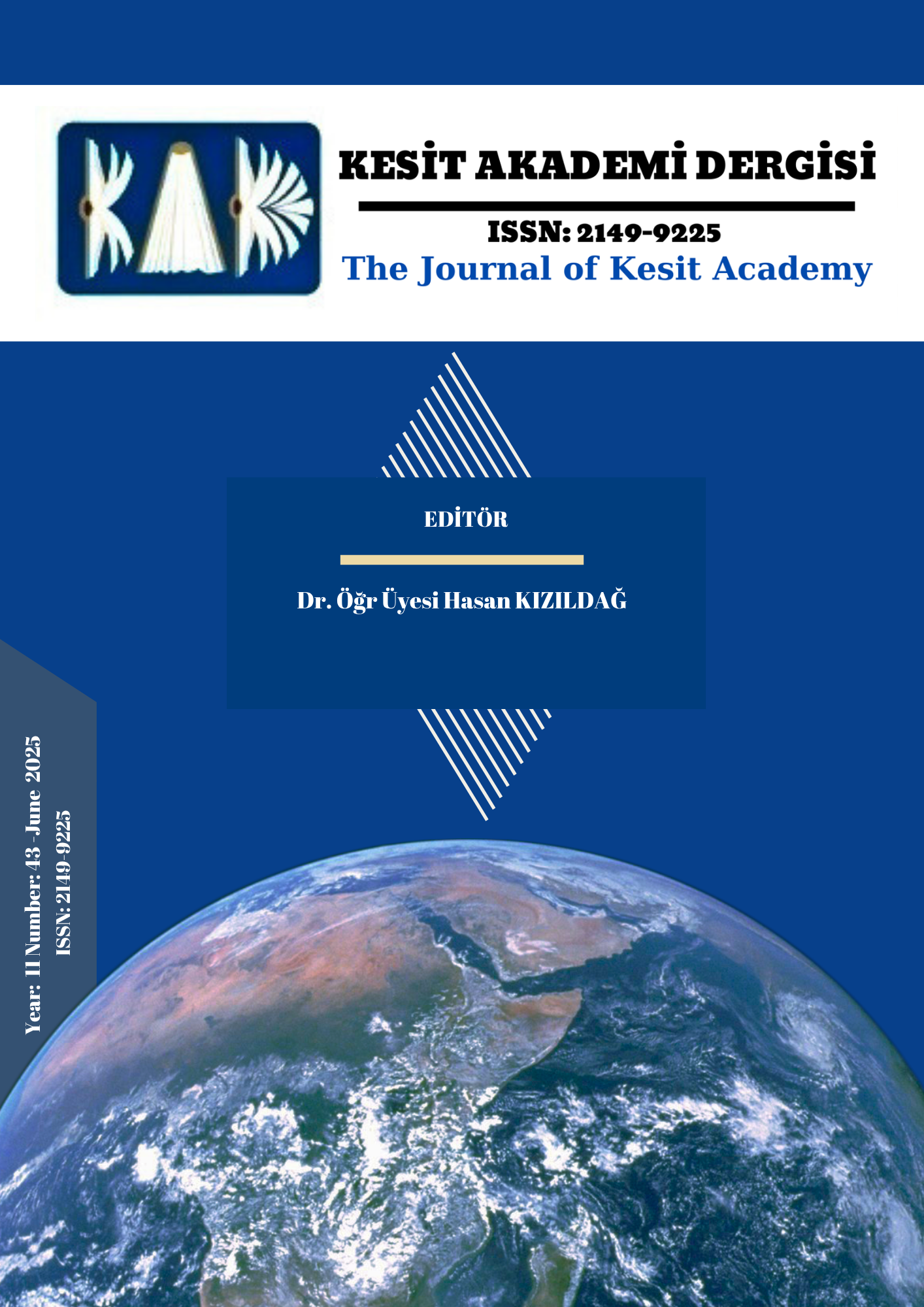Author :
Abstract
Bağlam, içerdiği unsurlara binaen metni anlama ve izah etmede sonucun doğru olması bakımından önemli bir görev üstlenmektedir. Bağlama dair ögelerle ilgili doğru tespit ve yorumlamaların gerçekleştirilememesi hatırı sayılır problemlere sebebiyet verebilmektedir. Müfessirler tarafından Arap sosyal yaşamındaki gelenek ve görenekler, Kur’an tefsirinde hazır kaynaklardan kabul edilmektedir. Harici bağlam çerçevesinde değerlendirilen bu husus naslardaki ilahi muradı tespit etmede yardımcı bir unsur olarak karşımıza çıkmaktadır. Makalemizde sahabenin nuzûl öncesi ve nuzûl dönemindeki Arap yaşamını Kur’an’ı yorumlamada kullanma şekillerini ve tefsirlerinde bulunan rivayetlerin türlerini açıklamaya çalıştık. Sahabîler Kur’an nuzûlünün canlı şahitleri olduklarından ayetleri yorumlarken onun anlamı ve ihtiva ettiği hükmün bağlamını da rahatlıkla tespit edebilmekteydiler. Tefsir kaynağı olarak sahabenin üslubu Kur’an ilimleriyle uğraşan kimseler için oldukça önemlidir. Sahabenin tefsirlerinde kullandıkları Arap sosyal yaşamı kullandıkları yöntemlerin açığa çıkarılmasında bizlere yol gösterici olmaktadır. Makalemizde bu doğrultudaki rivayetlere değinirken onların Arap gelenek ve göreneklerini kullanırken uyguladıkları metodu yakalayabilmeyi ve ilahi muradı doğru tespit etmeyi gaye edindik.
Keywords
Abstract
Context plays a crucial role in understanding and explaining a text correctly based on the elements it contains. The inability to make accurate determinations and interpretations regarding contextual elements can lead to significant problems. In Qur’anic exegesis, traditions and customs in Arab social life are considered ready sources by interpreters. Evaluated within the framework of external context, this aspect serves as an auxiliary element in identifying the divine intention in the scriptures. In our study, we aimed to explain how the Companions utilized Arab life before and during the revelation period in interpreting the Qur’an, as well as the types of narrations present in their exegeses. Since the Companions were direct witnesses to the revelation of the Qur’an, they were able to easily determine the context of its meaning and the rulings it contained. The approach of the Companions as a source of interpretation is of great significance for those engaged in Qur’anic sciences. The Arab social life employed in their exegeses guides us in uncovering the methods they used. In our study, we addressed certain narrations in this regard to identify the methodology they applied when incorporating Arab traditions and customs and aimed to correctly determine the divine intention





